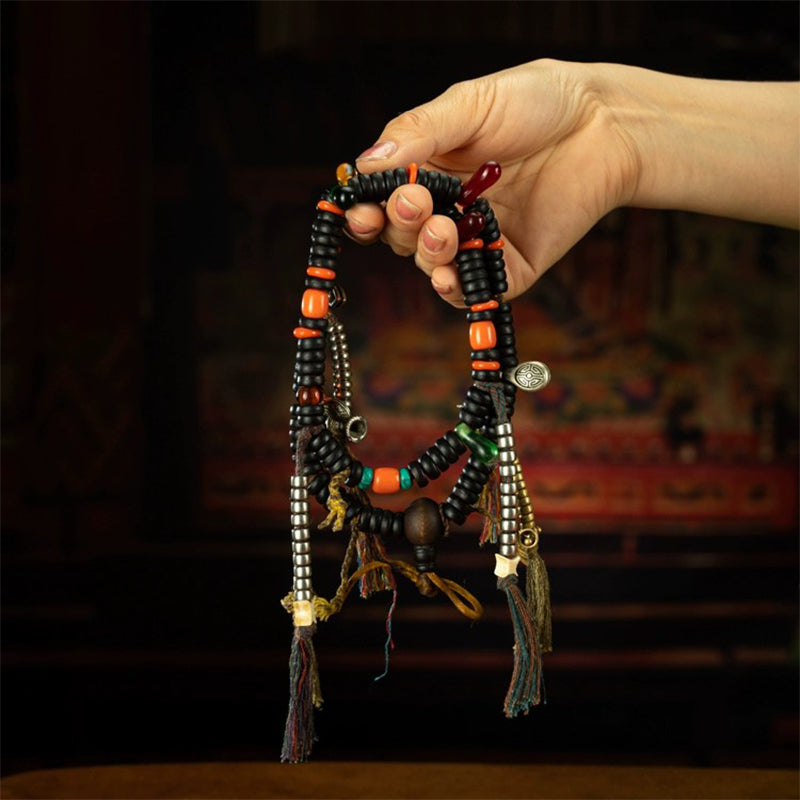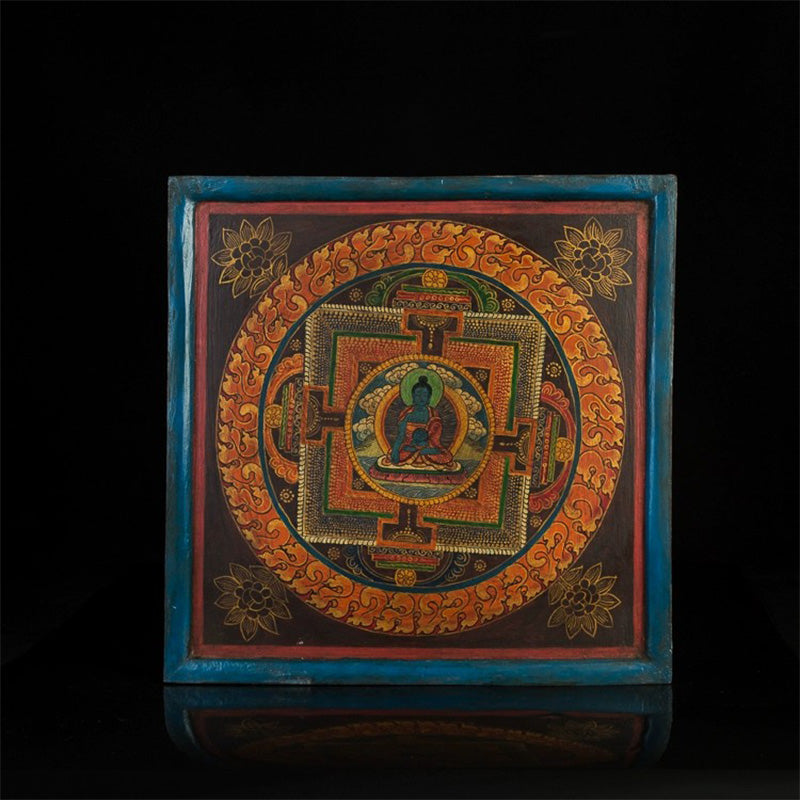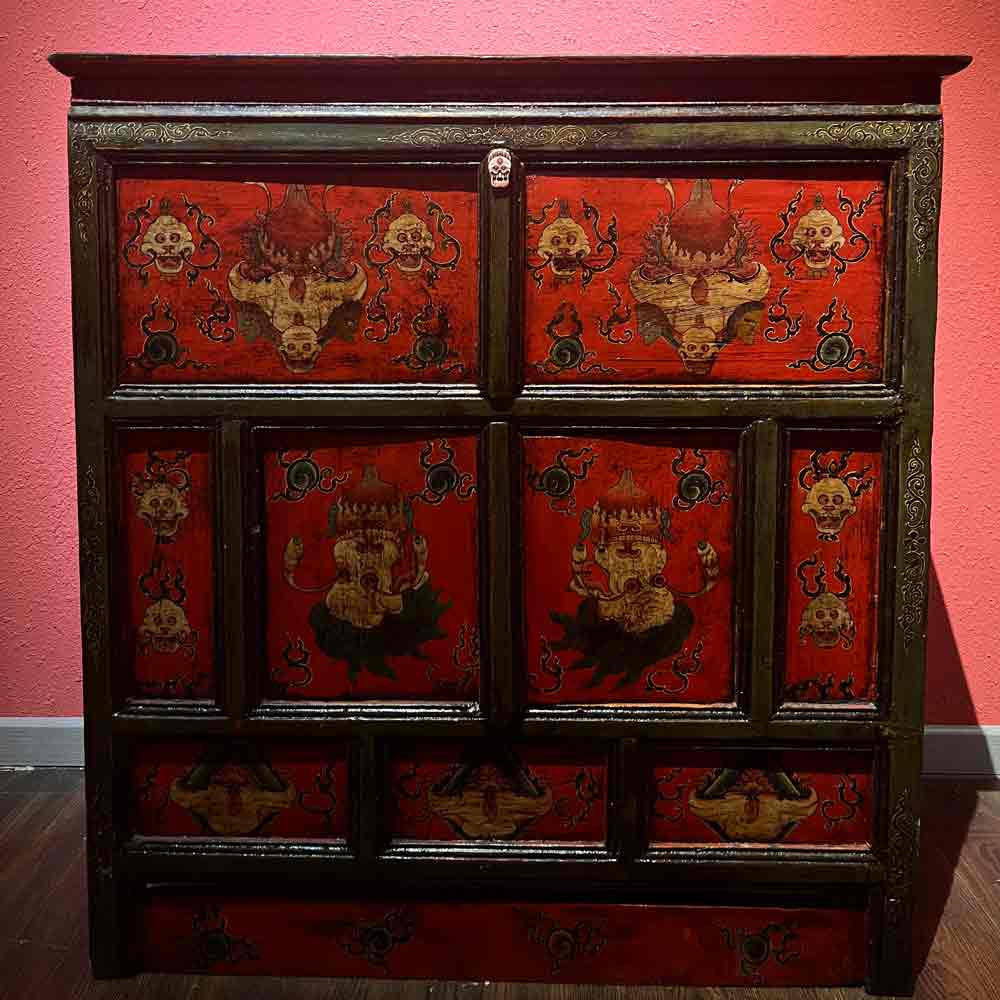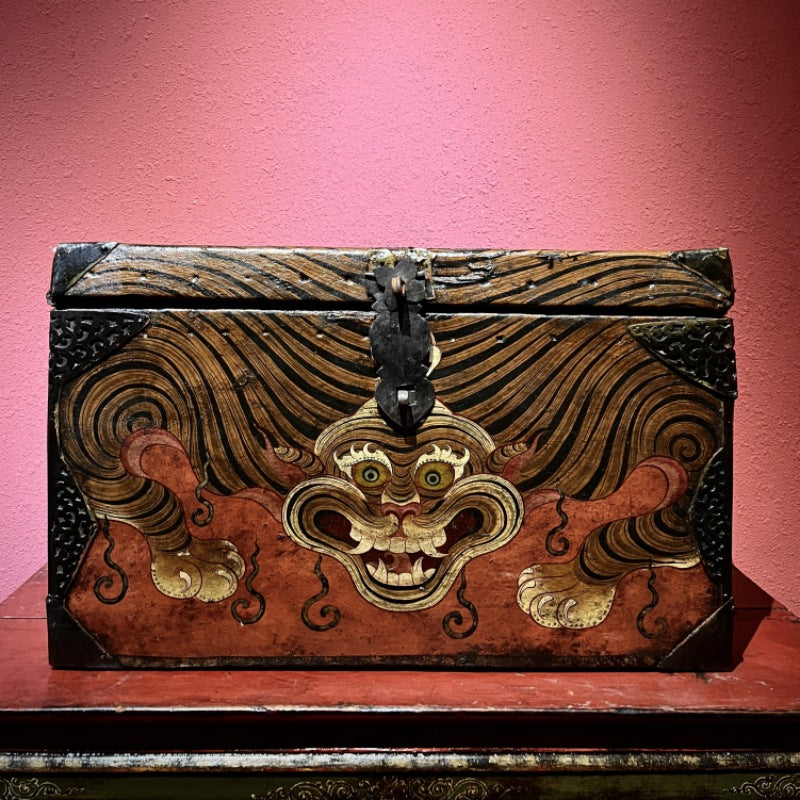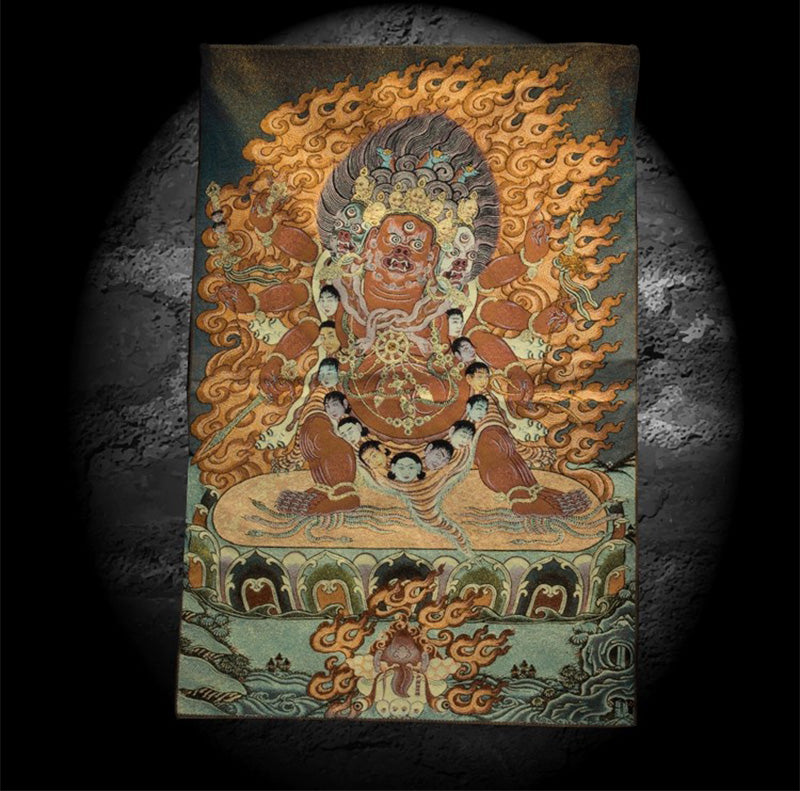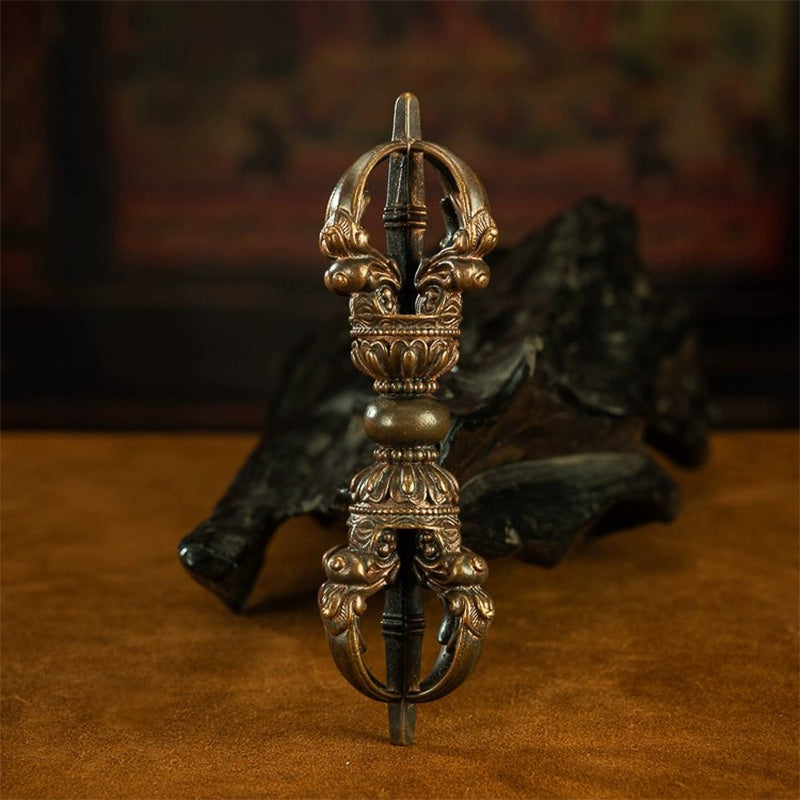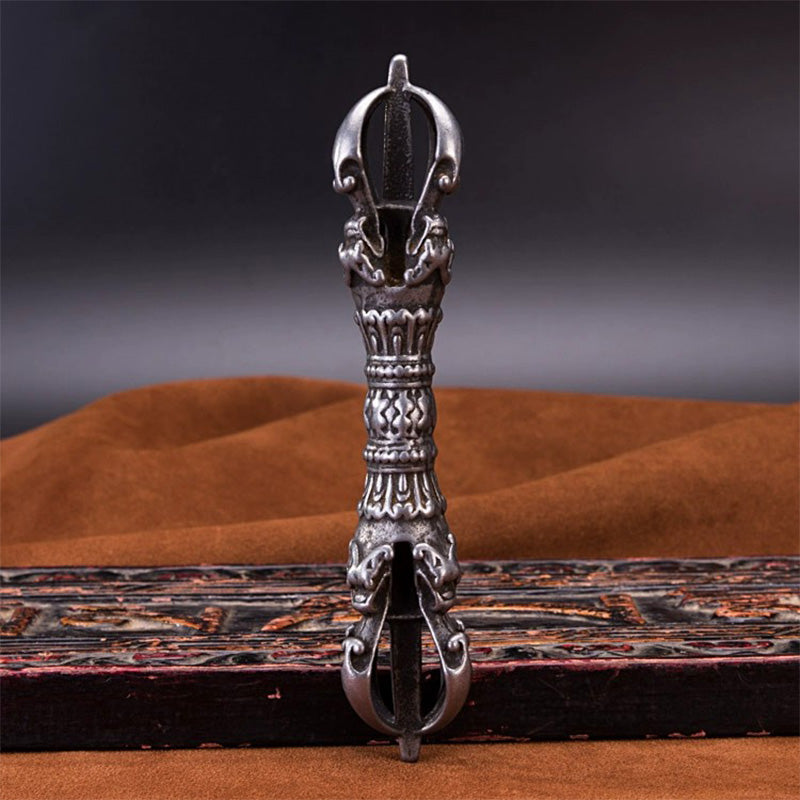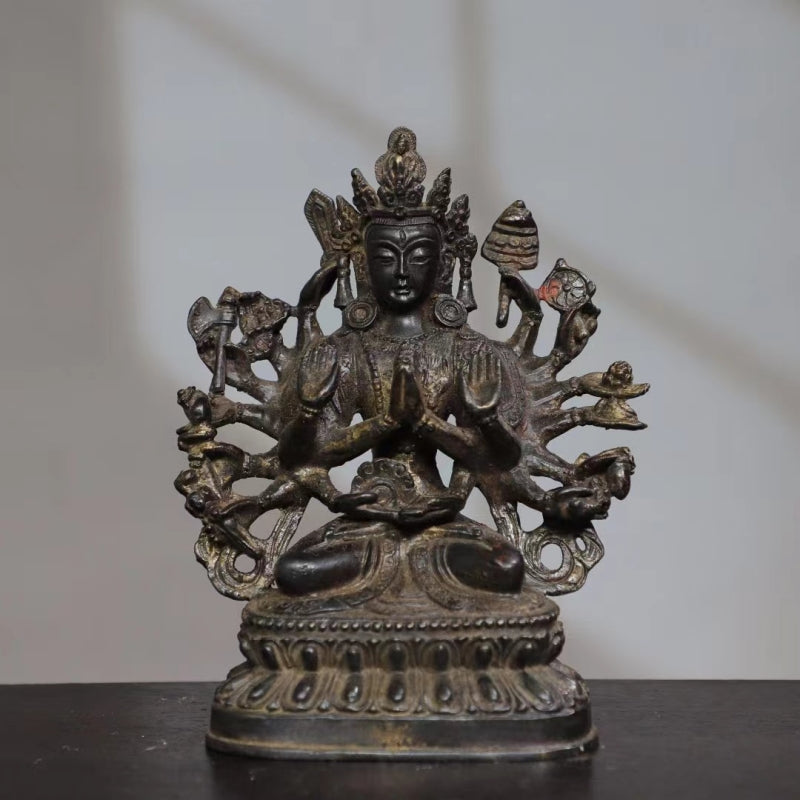Fine Thangka
Fine Thangka
Thangka: A Treasure with a Millennium of Heritage
Historical Context
Thangka originated in the Tubo Dynasty (7th–9th centuries) in Tibet, emerging alongside the spread of Buddhism. Initially serving as “mobile temples” to propagate teachings, it matured technologically between the 10th and 14th centuries, integrating diverse cultures. Its golden age arrived from the 15th to 19th centuries, with the formation of painting schools like Menri and Regong, and themes expanding to history and folk customs. Today, it is listed in China’s intangible cultural heritage and recognized by UNESCO, sustaining its vitality for over a millennium.
Core Value
It is both a carrier of religious beliefs, embodying the spiritual essence of Tibetan Buddhism, and a “living fossil” of Tibetan culture, recording history and folk traditions. With its unique painting system (such as strict iconographic norms), it stands as a world art treasure, boasting both collection and cultural value.
Precious Materials
Natural minerals like gold, silver, coral, and lapis lazuli, along with plant-based pigments, are hand-ground and blended. These create rich, vivid colors that resist fading for millennia, endowing thangka with eternal vitality

